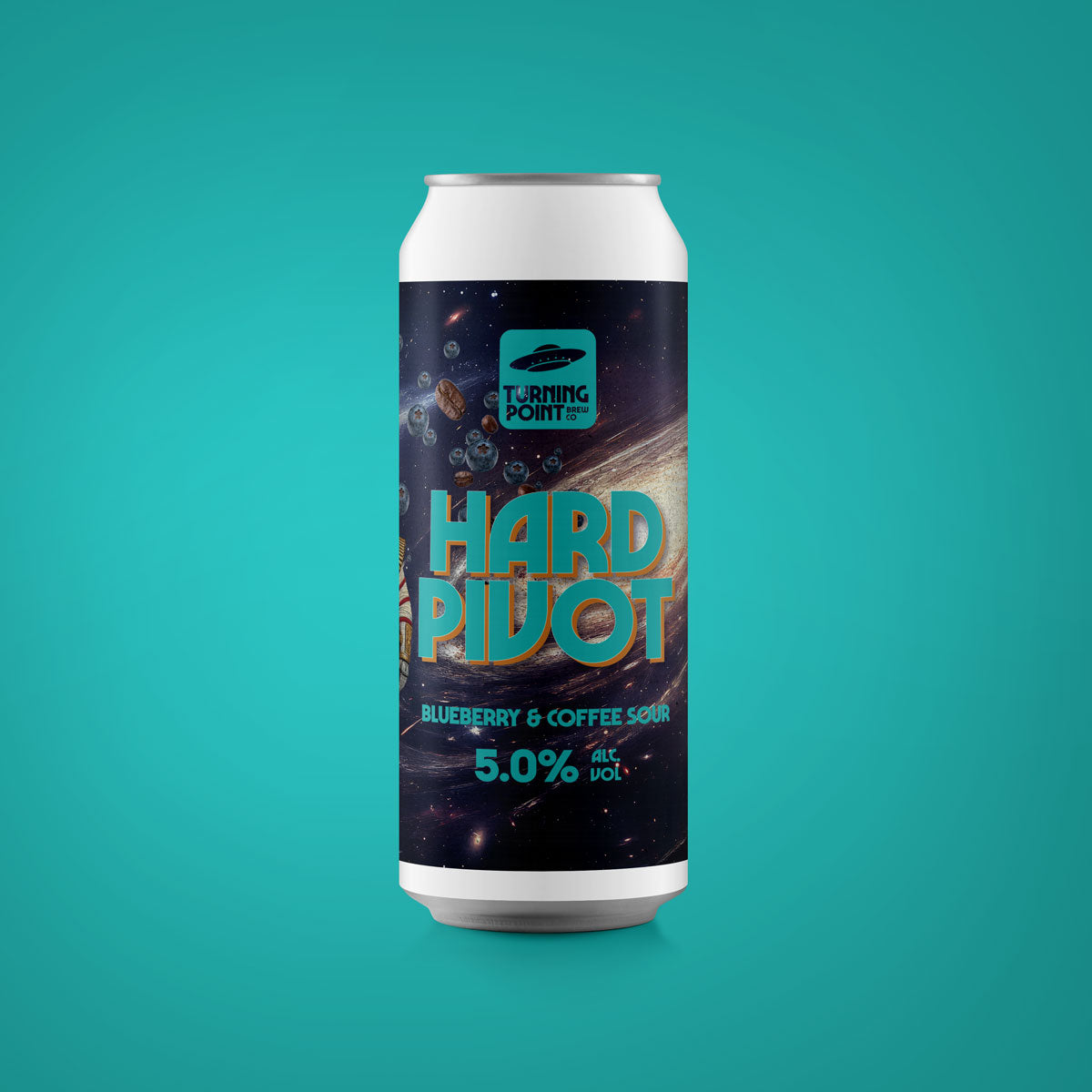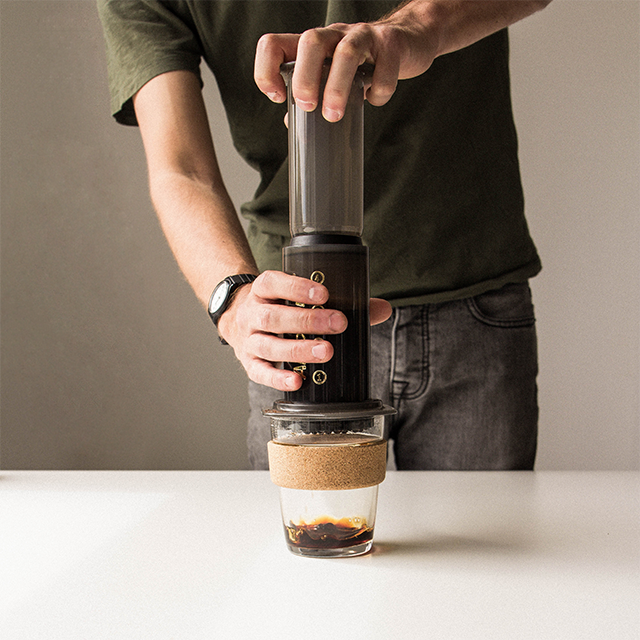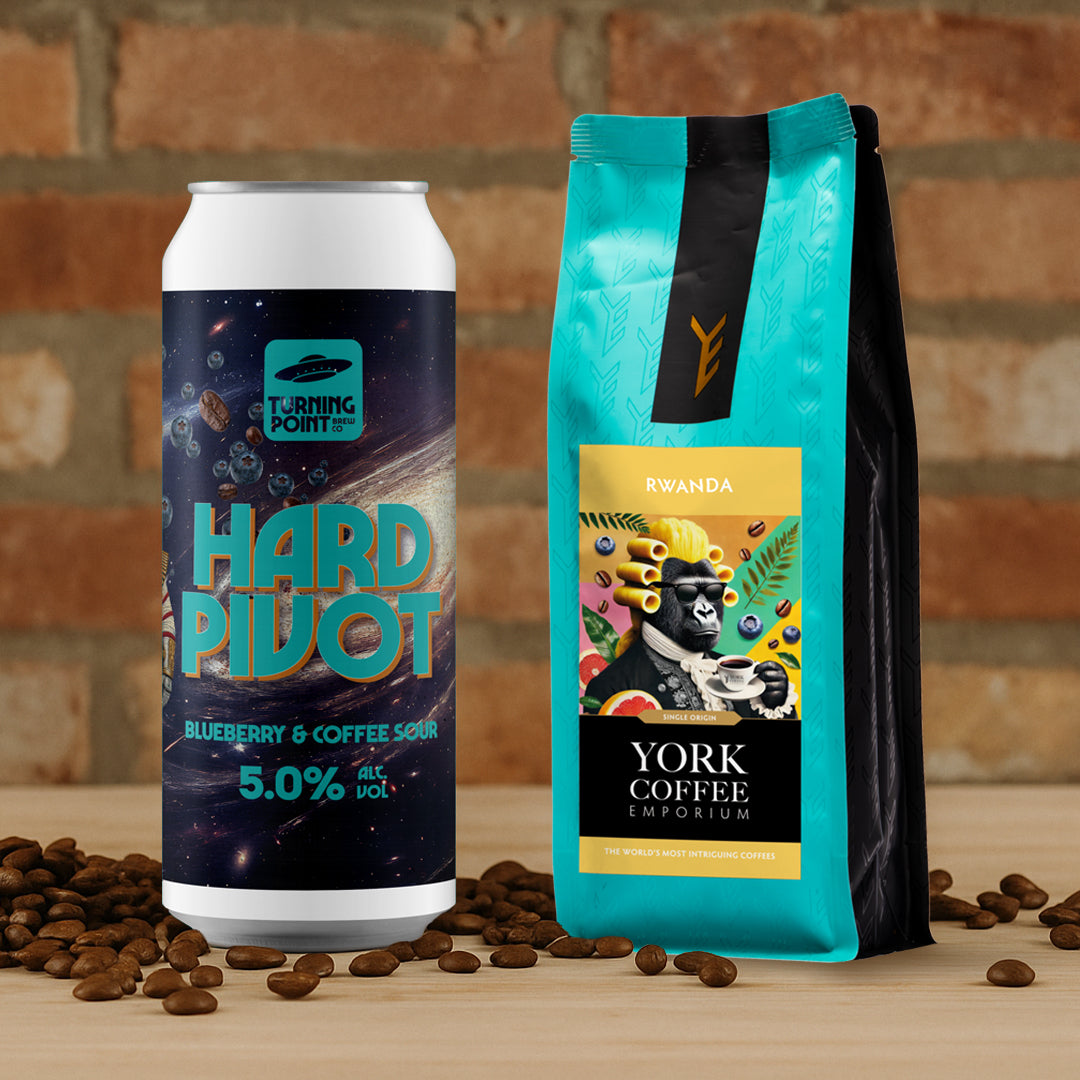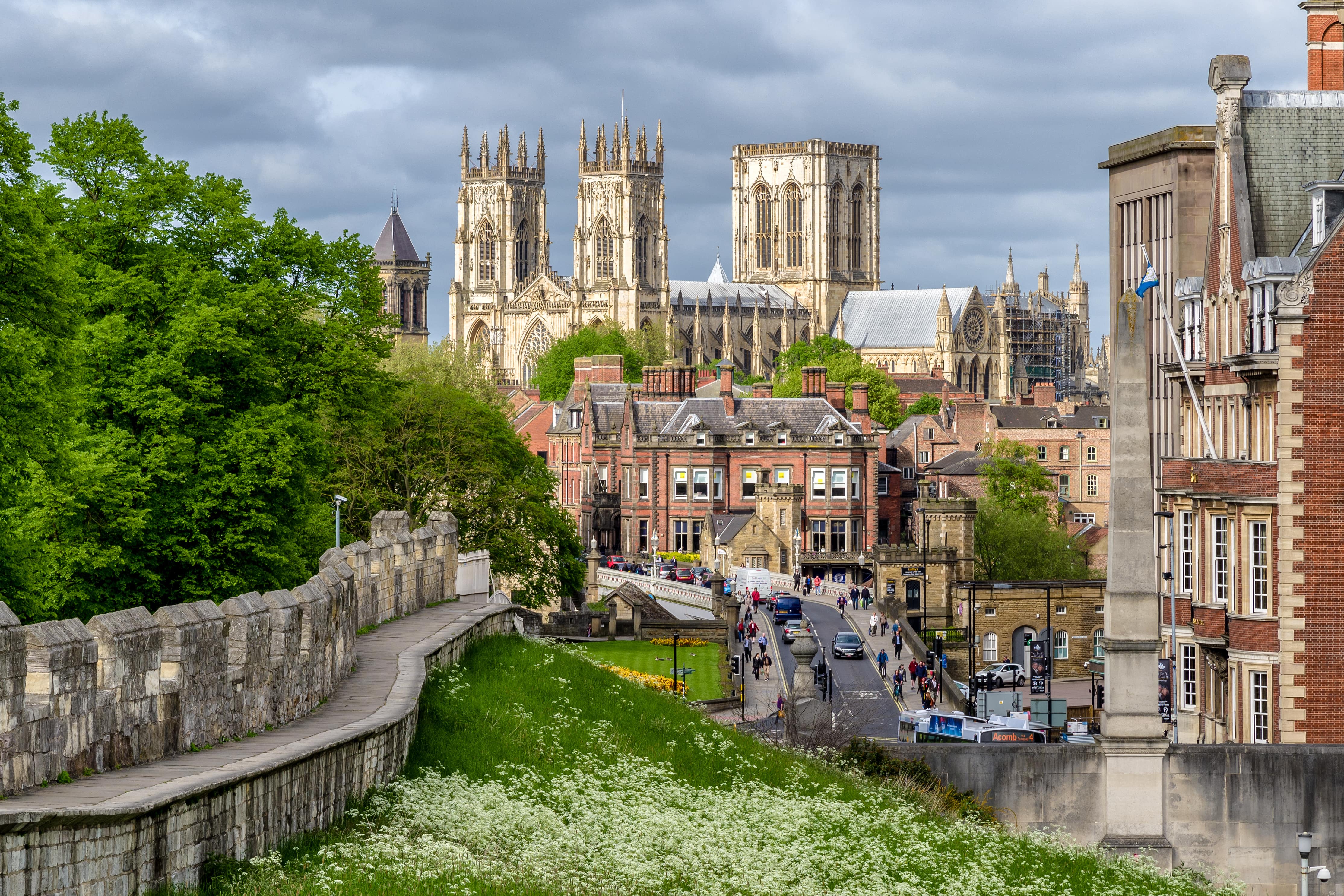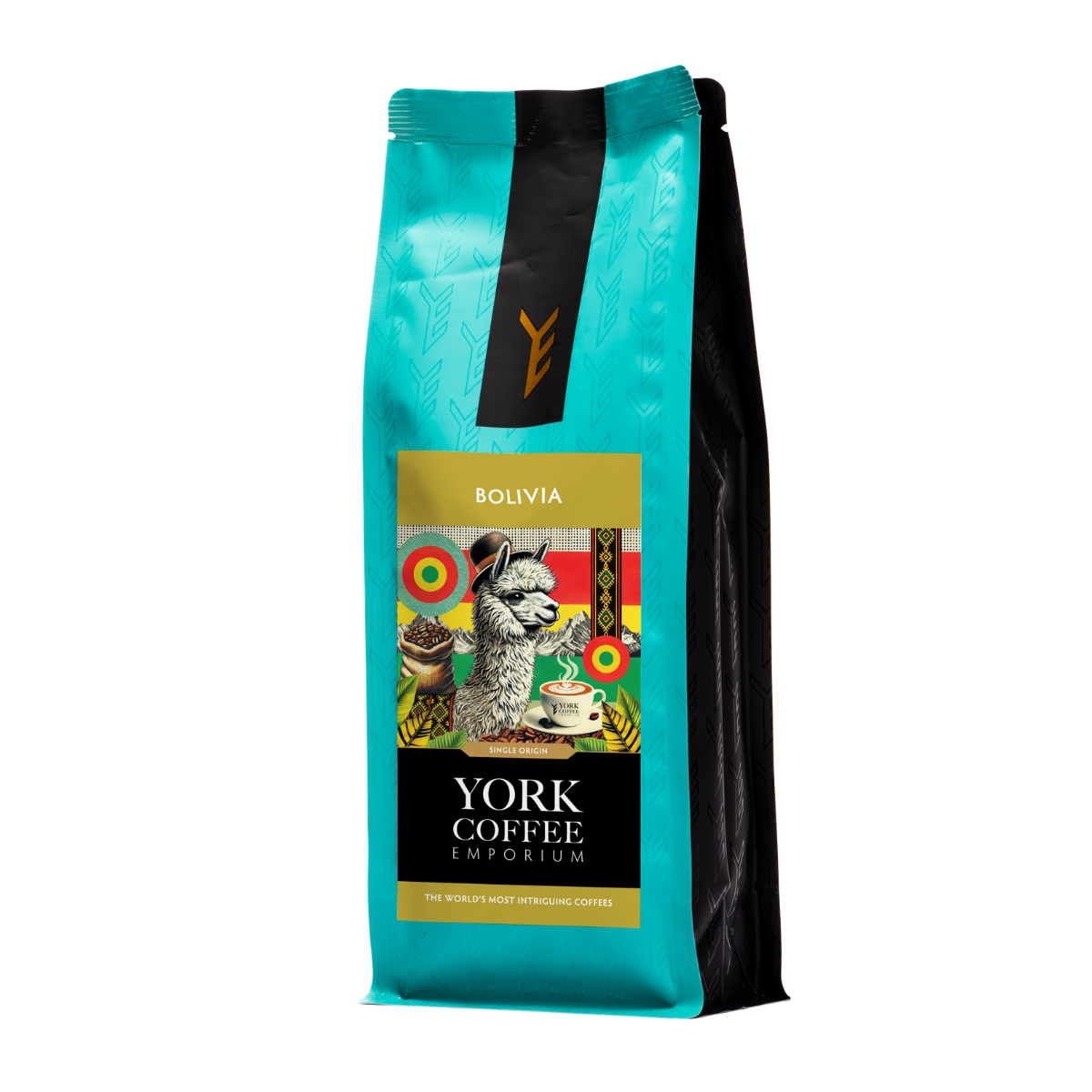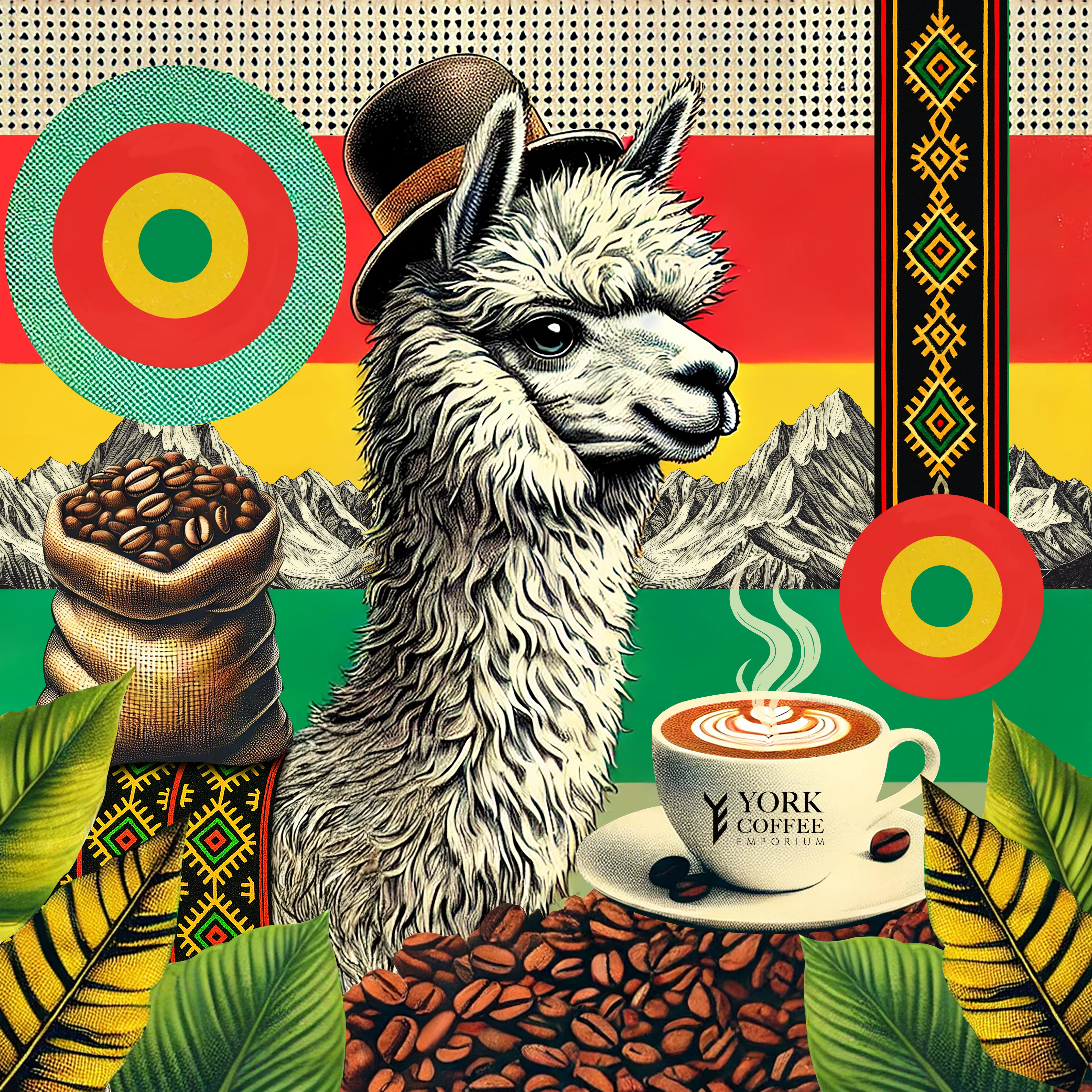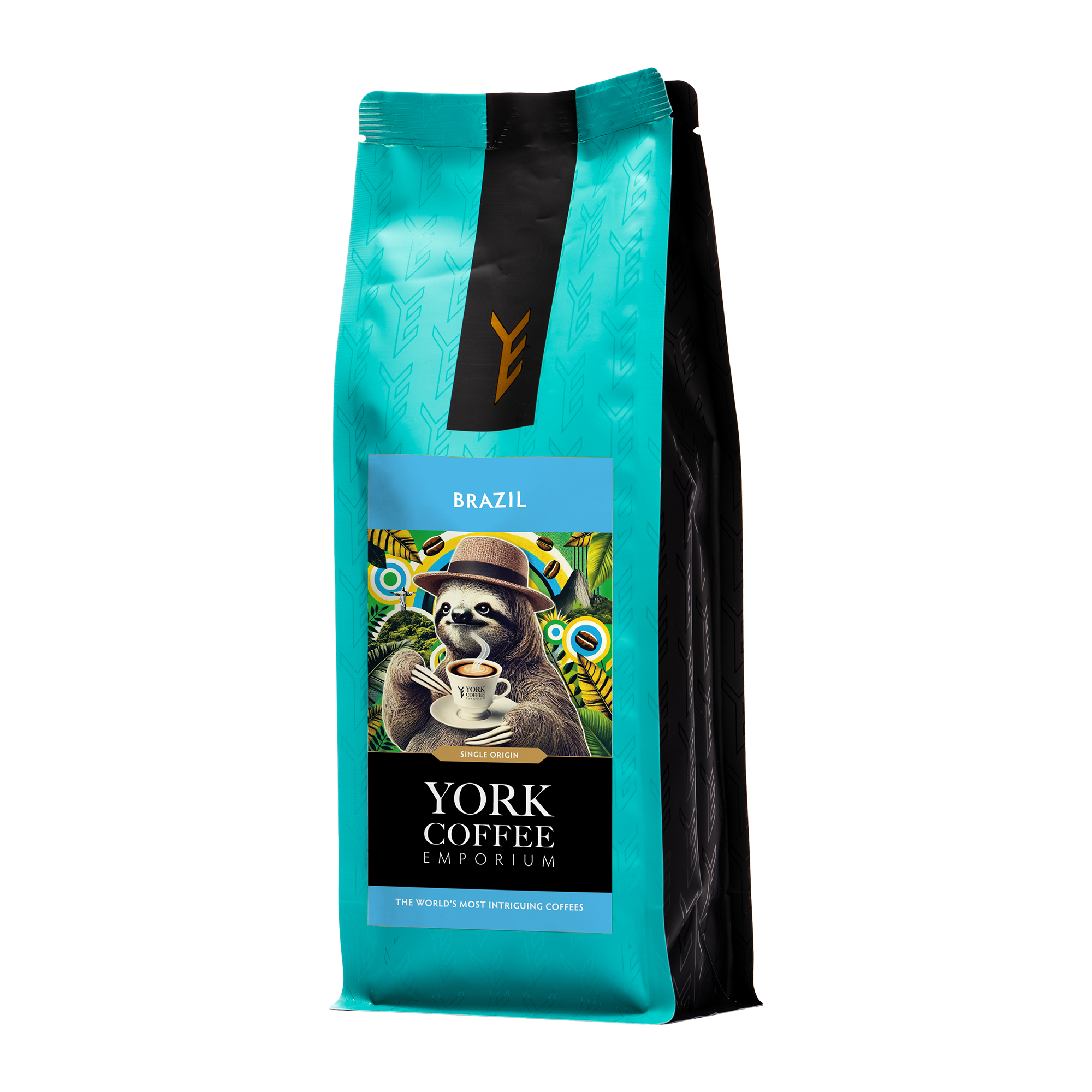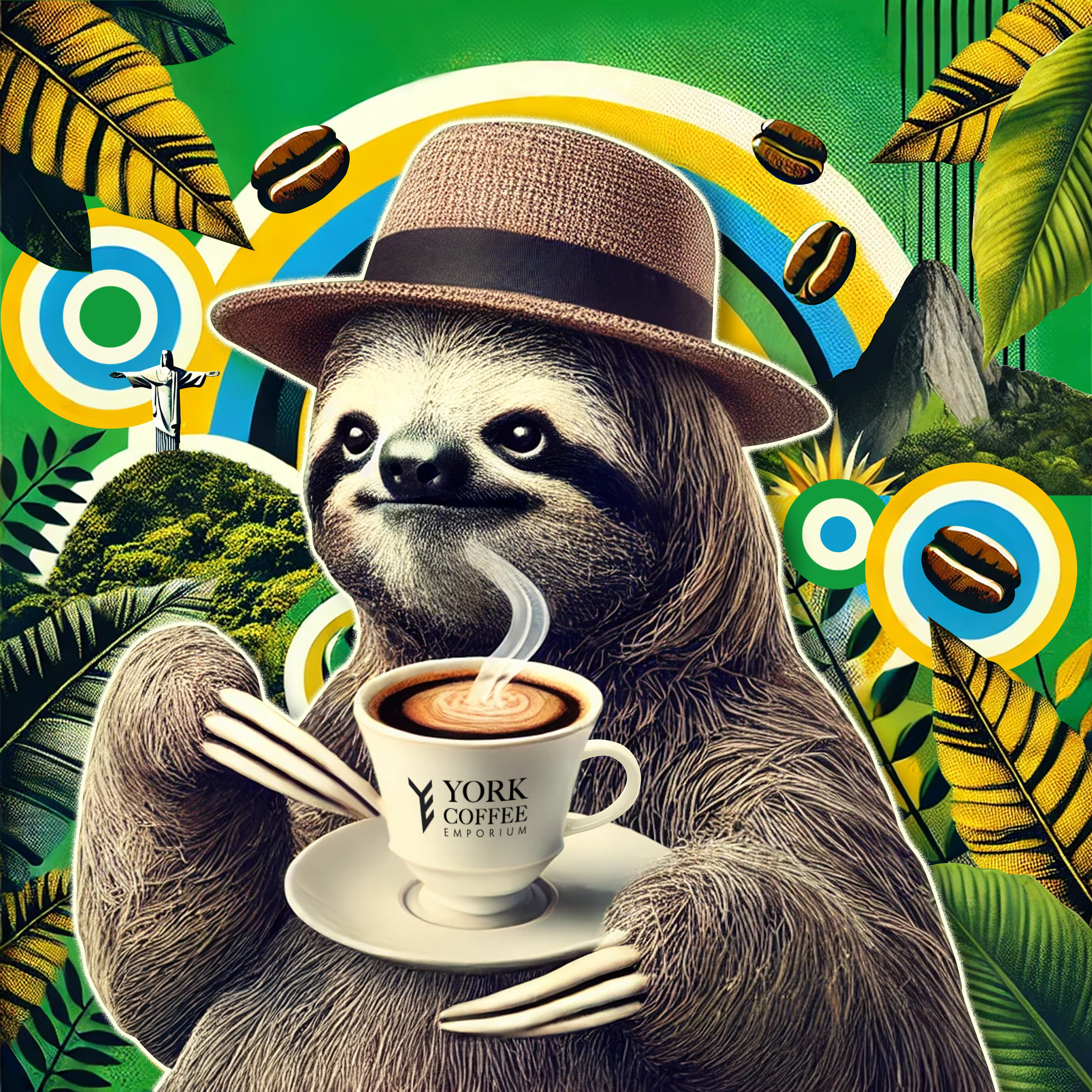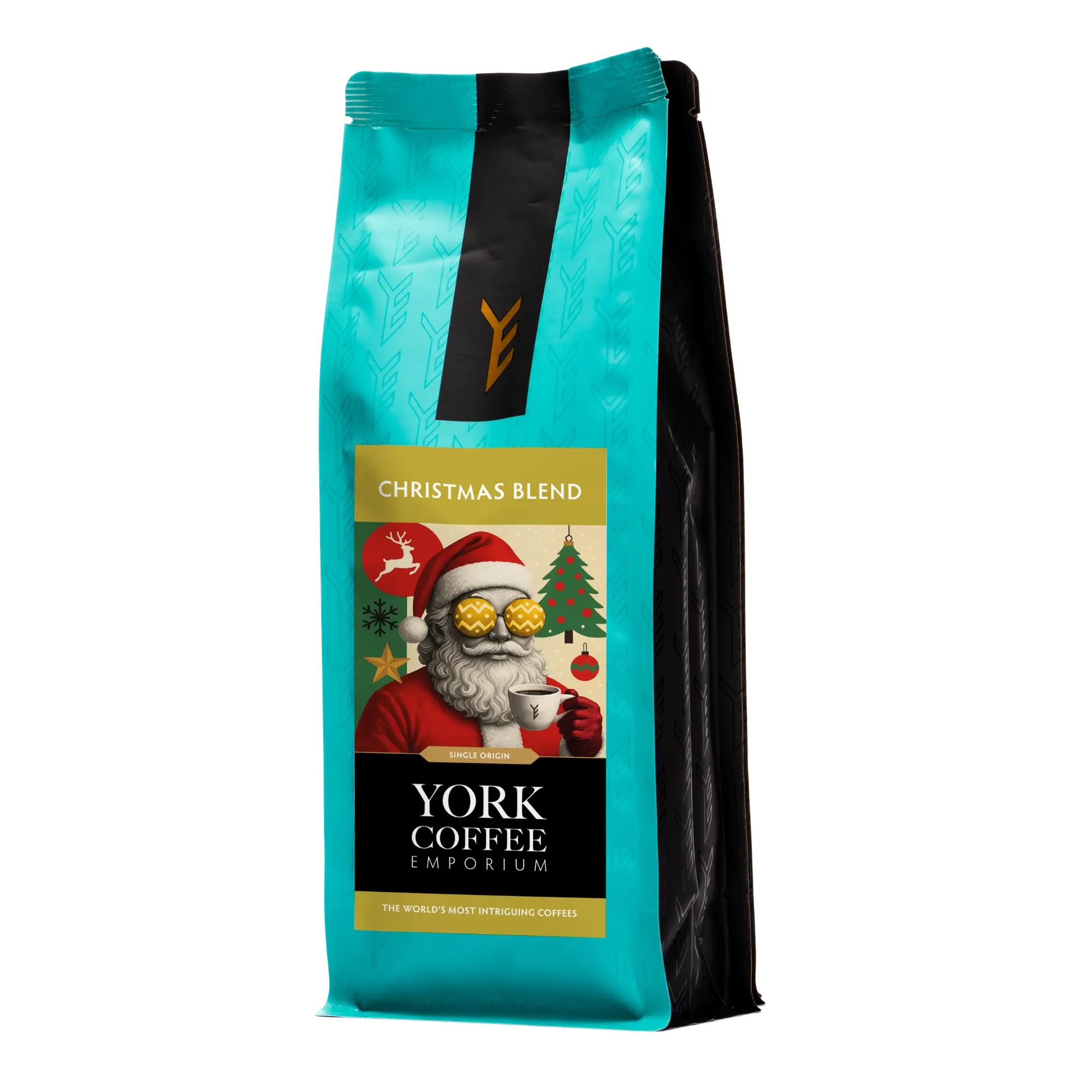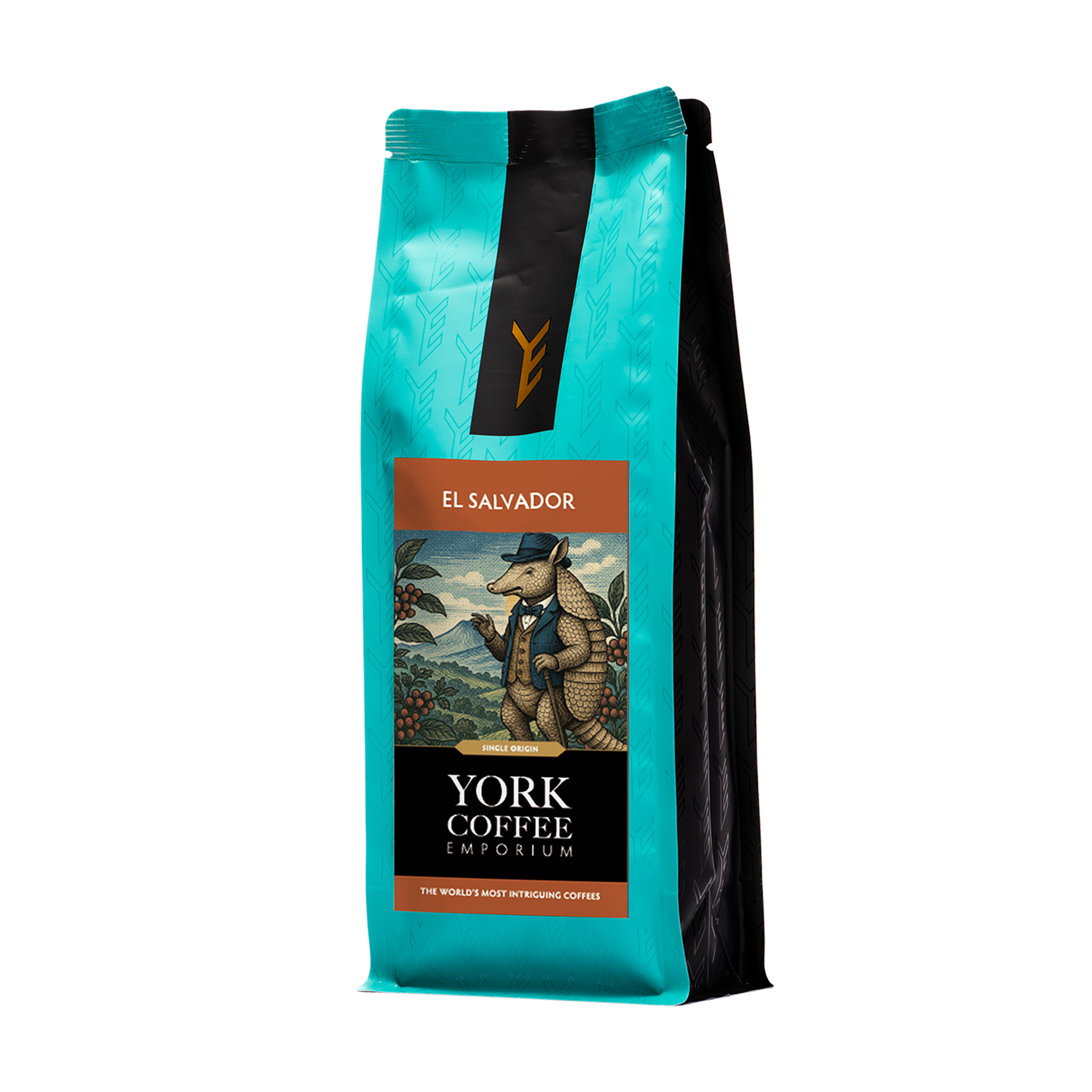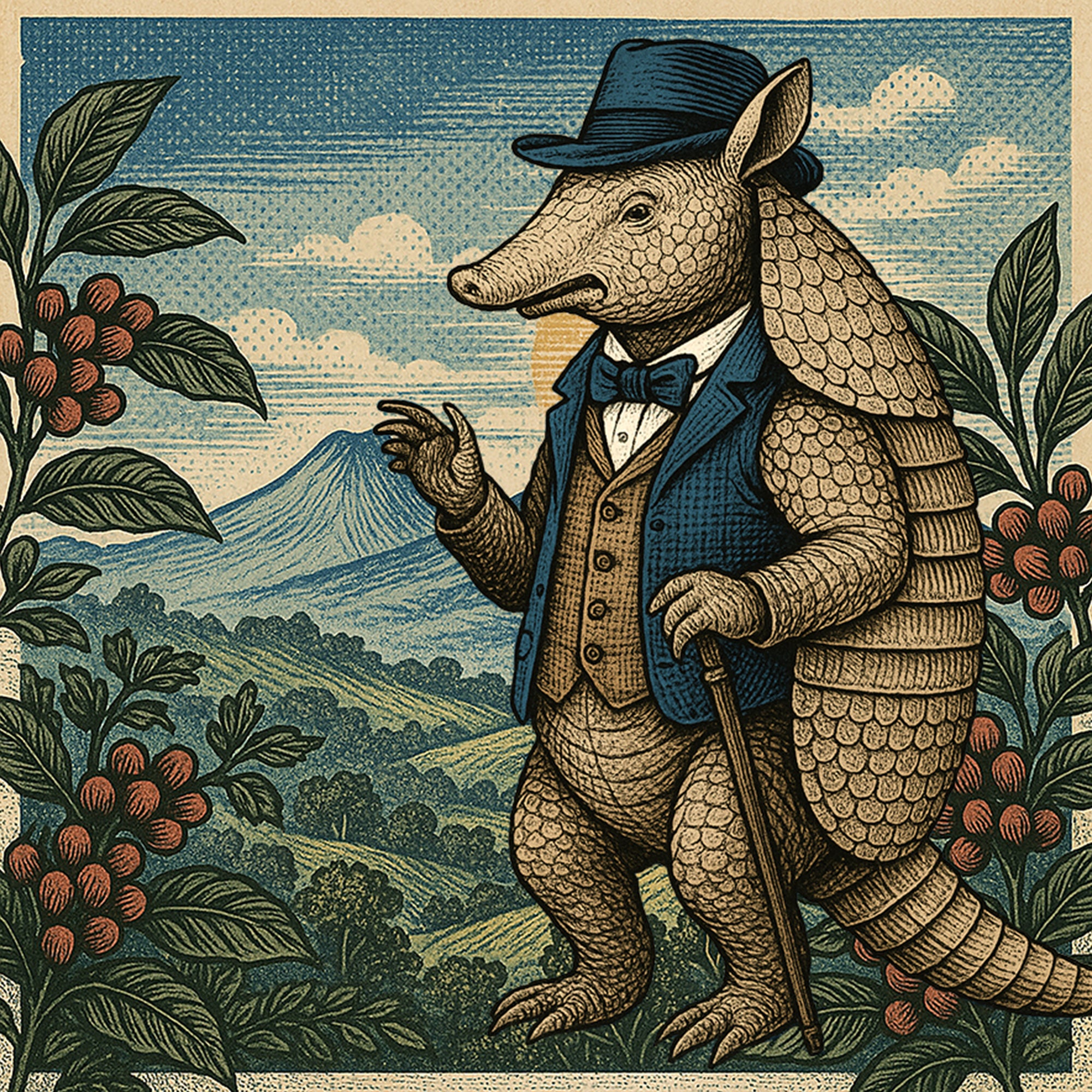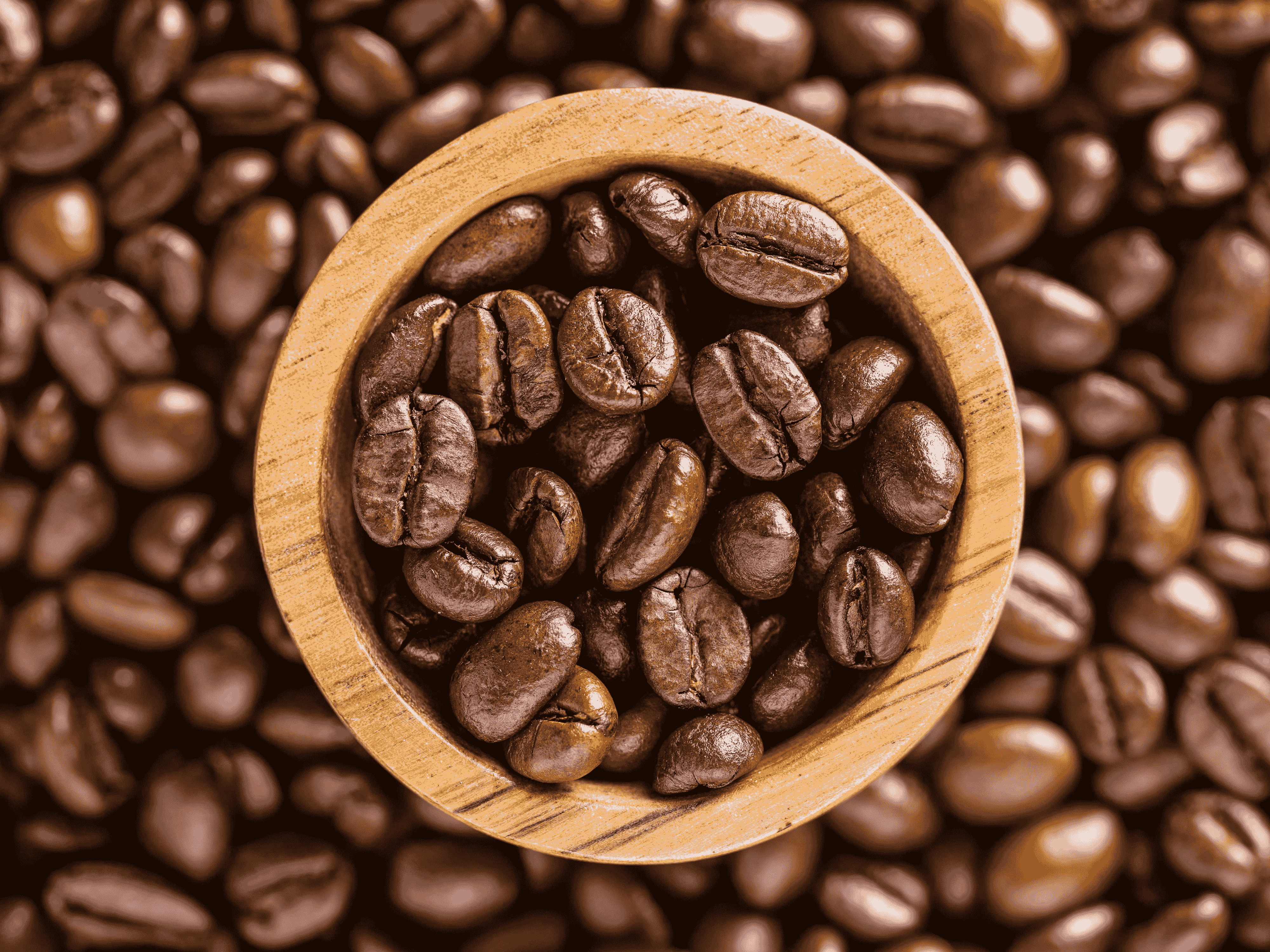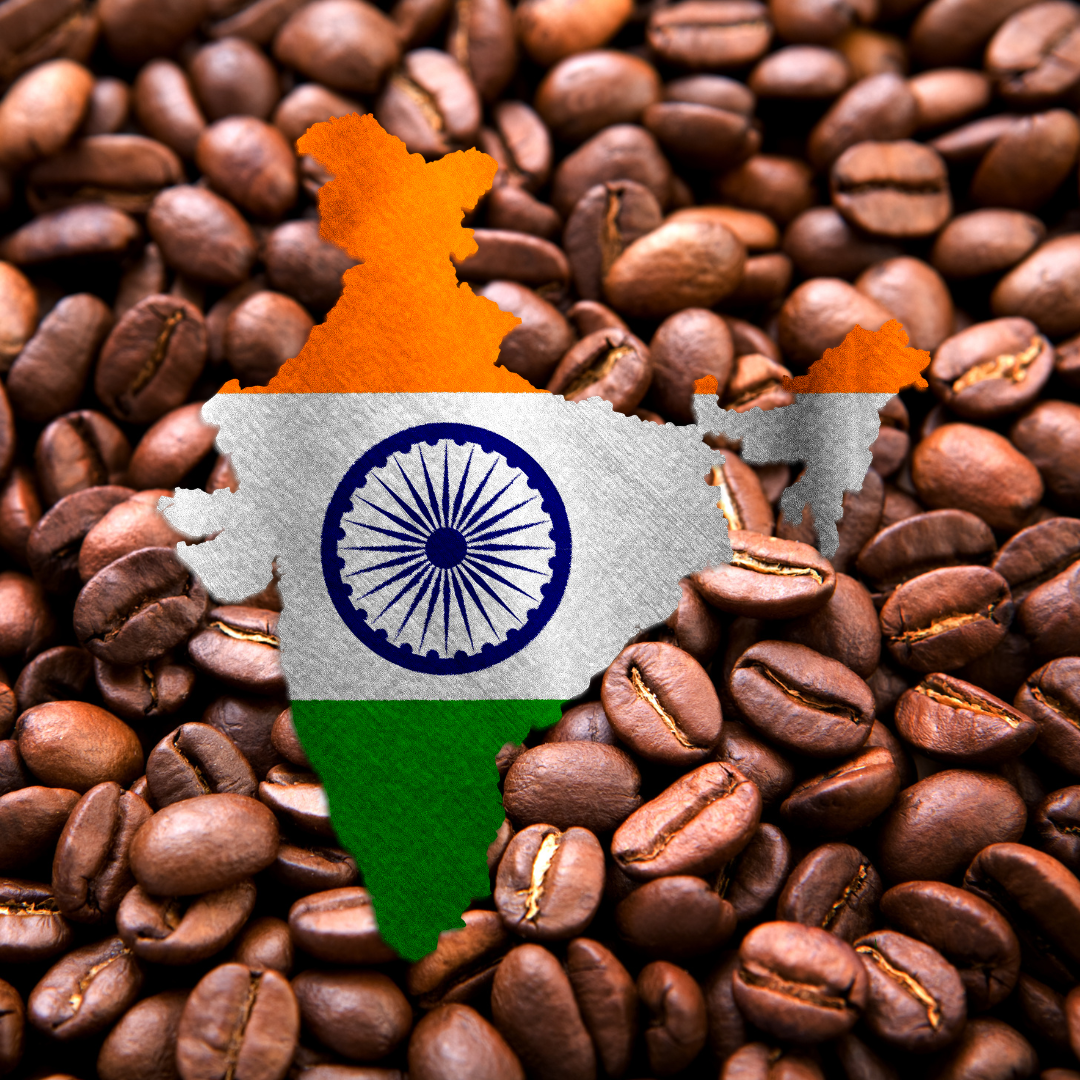
Coffee Origins 03 - India

India has an absolutely fascinating coffee history. We don't tend to see Indian coffees on a day to day basis, they're not as widely drank as the likes of Brazil, or Colombia. The most commonly known Indian coffee is the 'Monsoon Malabar' as you may already be aware.
Indian coffees tend to be grown at lower altitudes (approx. 1100) MASL (meters above sea level). This gives the coffee much darker tasting notes, such as tobacco, spicy, earthy or smoky. You'll notice little to no acidity and a full body.

The most interesting part of Monsoon Malabar is the name, 'Monsoon'. In the days when goods were transported via Ship from India - they could spend months sailing to Europe. In the meantime the raw 'Malabar' coffee beans were exposed to high levels of moisture which affected both the colour and flavour of the bean. Buyers had become so used to this accidental 'process' that when they shortened the journey time, producers found they still wanted the voyage-affected beans.
The day 'Monsooning' became a process of coffee!

You need to give the customers what they want, right? The Malabar beans are picked like any other coffee, but the process is unlike any other. The monsoon occurs in the southwest of India between May-June. During this time, the coffee beans are laid out to a depth of 12cm-20cm and left for 5 days (with the occasional raking to expose the beans evenly). With the extreme air humidity they are replicating the 'old monsoon process' from when they would set sail to Europe. They are then loosely packed into sacks so the monsoon winds can blow around and over the sacks. They then repeat the process once a week for 7 weeks until the beans have changed flavour and colour.
Take a look at our Specialty Monsoon Malabar AA - We recommend drinking as Aeropress or Cafetiere.

The Monsoon Malabar AA will give you a good morning kick, you'll be set for the day!
India are also widely known for the high quality Robusta coffee. Robusta has a higher caffeine contents than arabica (almost double in fact). It's not recommended to drink on its own however. Robusta coffee is used in roasters blends. Around 10-20% Robusta is enough to give the coffee a kick without overpowering the flavours of the other coffees in the blend.
If coffee origins have got you curious, you can take a look at our other blogs too.

